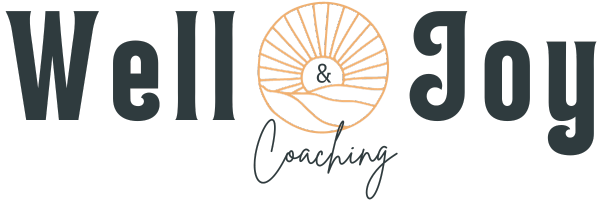Breaking Free: Recognizing the Connection Between Chronic Physical Symptoms and the Therapy Triangle
El Cap in Yosemite, CA - sometimes emotions can feel as massive and dense as a great mountain.
In the pursuit of holistic well-being, the interconnectedness of body and mind cannot be ignored. While conventional medicine addresses the physical aspects of health, it is crucial to recognize that our emotional and psychological states play a significant role in our overall wellness. One concept that sheds light on this connection is the Therapy Triangle, consisting of the persecutor, victim, and rescuer roles. This article aims to raise awareness about how chronic physical symptoms can be linked to these roles and offers insights on breaking free from this cycle for a healthier, balanced life.
What is The Therapy Triangle?
The Therapy Triangle or called the “Karpman Drama Triangle” is a psychological construct often observed in various relationships, whether personal, professional, or familial. It involves three primary roles:
The Persecutor: This role is characterized by individuals who criticize, blame, or attack others. Persecutors often exhibit controlling and aggressive behavior.
The Victim: Victims feel helpless, powerless, and overwhelmed by life's challenges. They tend to seek sympathy, support, and rescue from others.
The Rescuer: Rescuers are individuals who constantly come to the aid of victims, offering solutions, advice, or support. They may appear caring but often do so out of a need for validation and to feel indispensable.
Chronic Physical Symptoms and the Therapy Triangle
Believe it or not, these roles can have a profound impact on your physical health. Here's how:
Stress and Chronic Pain: Persecutors often create an environment of stress and tension, which can lead to chronic physical symptoms like headaches, muscle tension, and digestive issues. The victim role can exacerbate this by internalizing stress and anxiety.
The Mind-Body Connection: The mind and body are intricately connected, and emotional distress can manifest physically. Victims and rescuers may neglect their own needs, leading to burnout, fatigue, and compromised immune systems.
All three roles can contribute to unhealthy coping mechanisms: such as disordered eating (overeating or under eating), procrastination , self harm, excessive alcohol or illicit substance consumption, and compulsive behavior. These mentioned are just a few maladaptive coping mechanisms that can lead to chronic conditions like obesity, heart disease, digestive disorders, autoimmunity and addiction.
Breaking Free from the Triangle
Awareness is the first step in breaking free from the Therapy Triangle. Here are some strategies to help you break this cycle:
Self-Reflection: Examine your role in various relationships and acknowledge any patterns you may be stuck in.
Boundaries: Set clear boundaries to protect your physical and emotional well-being. Learn to say "no" when necessary.
Communication: Open and honest communication is key. Encourage healthy dialogue and assertive communication rather than resorting to the persecutor, victim, or rescuer roles.
Self-Care: Prioritize self-care and self-compassion. Invest time in activities that promote physical and mental well-being, such as exercise, meditation, and hobbies.
Seek Support: If you find it challenging to break free from the Therapy Triangle on your own, consider seeking support from a therapist or counselor who can provide guidance and strategies for healthier relationships.
The Therapy Triangle is a concept that highlights the intricate connection between our emotional feelings and what role we fall into. It’s important to note that these are learned behaviors from childhood and that throughout life, or even in a conversation we can bounce from one “role” to another. So be compassionate as you grow your awareness between your emotions and how they manifest into your physical body.
By becoming aware of these patterns and taking proactive steps to break free, you can achieve a healthier, more balanced life that nurtures both your body and mind. Remember, true well-being encompasses not just the absence of physical illness but also stable, regulated emotional and psychological health. It takes time, intention, and practice. You got this!

